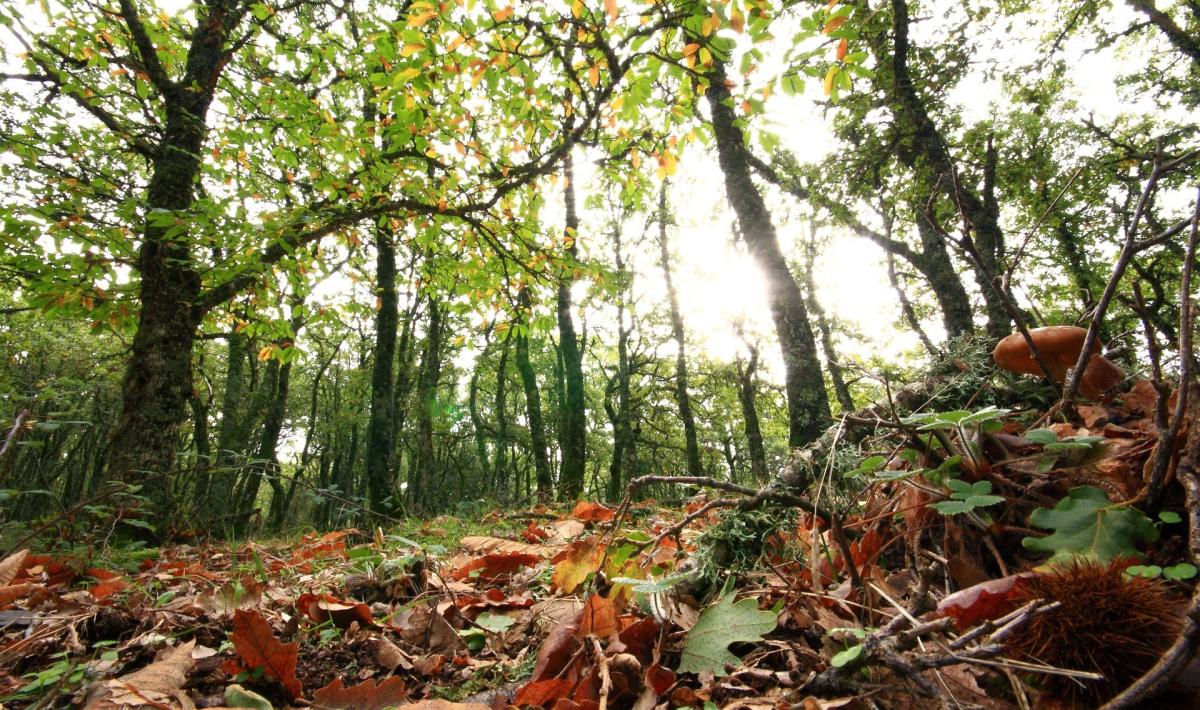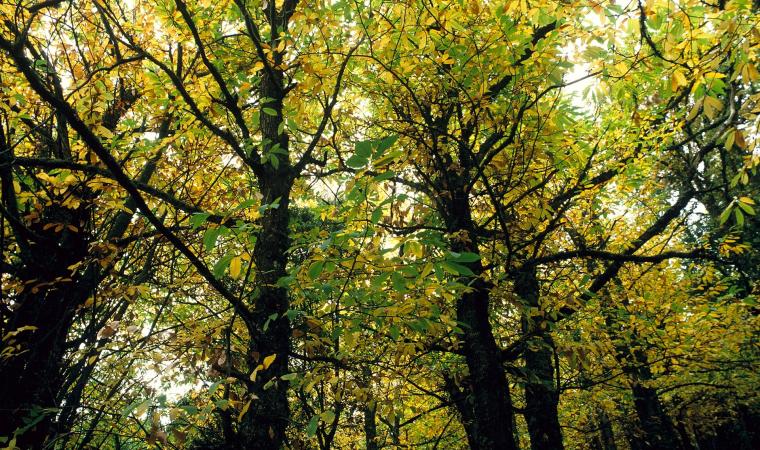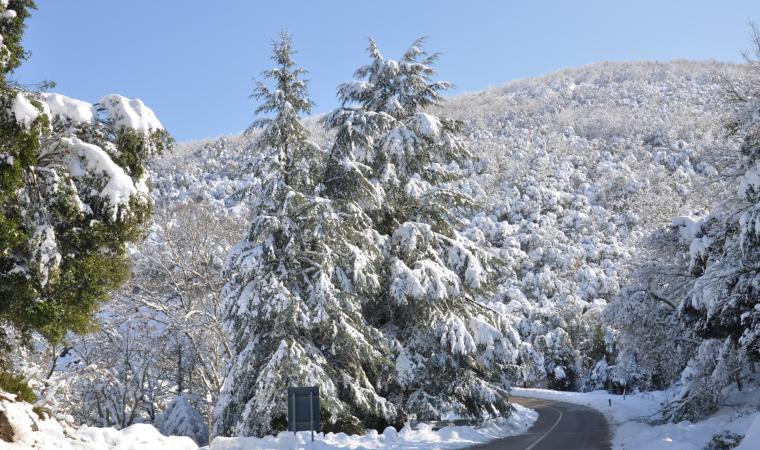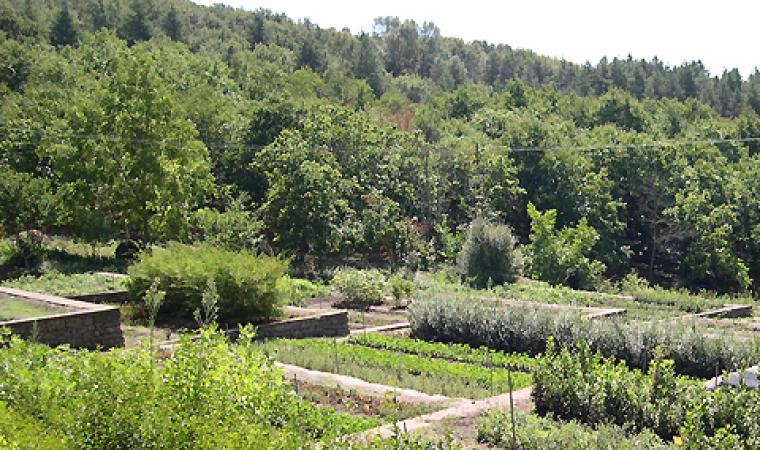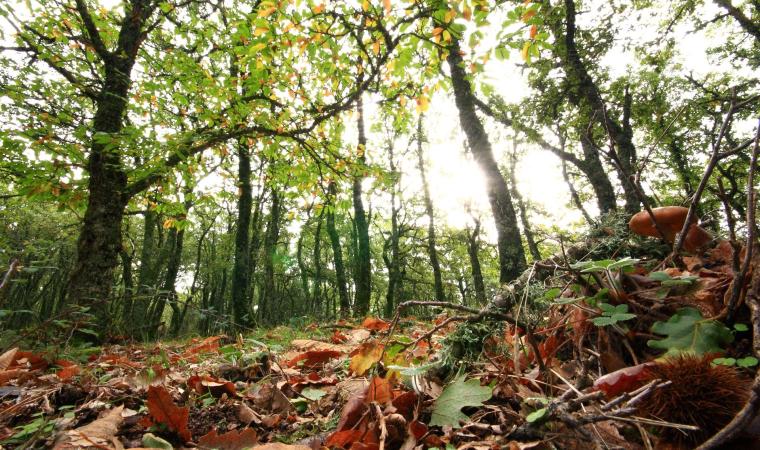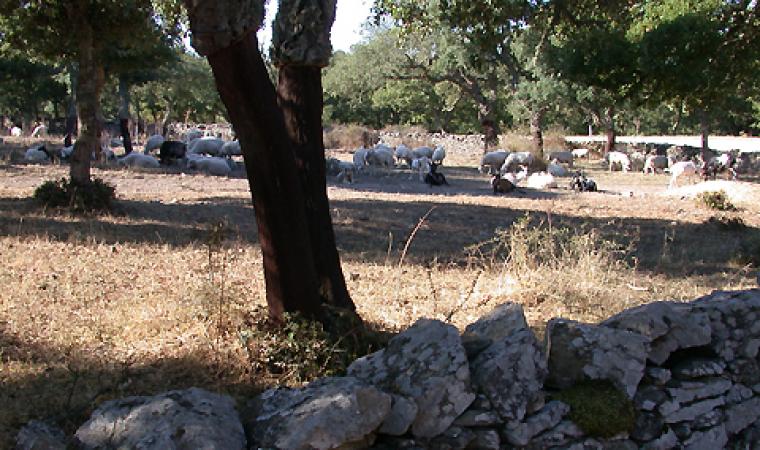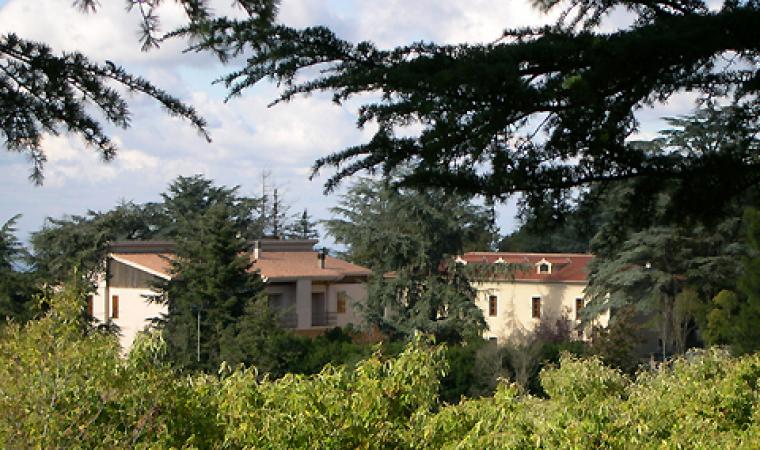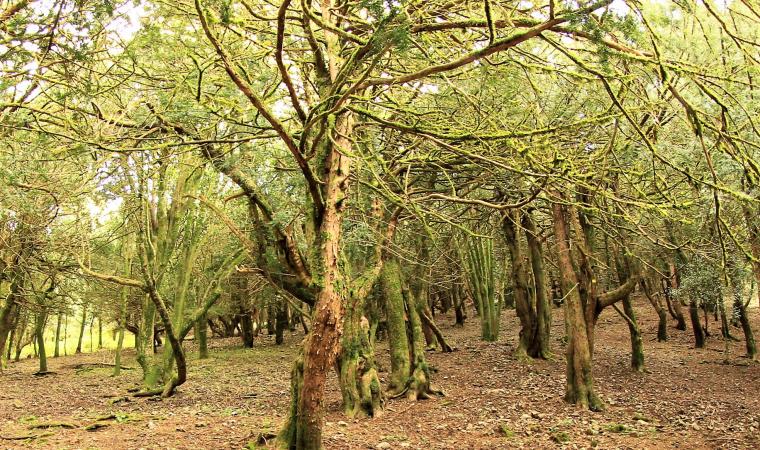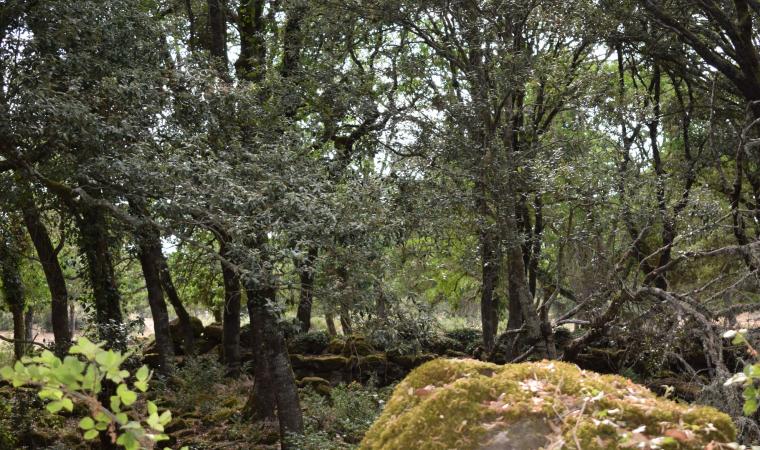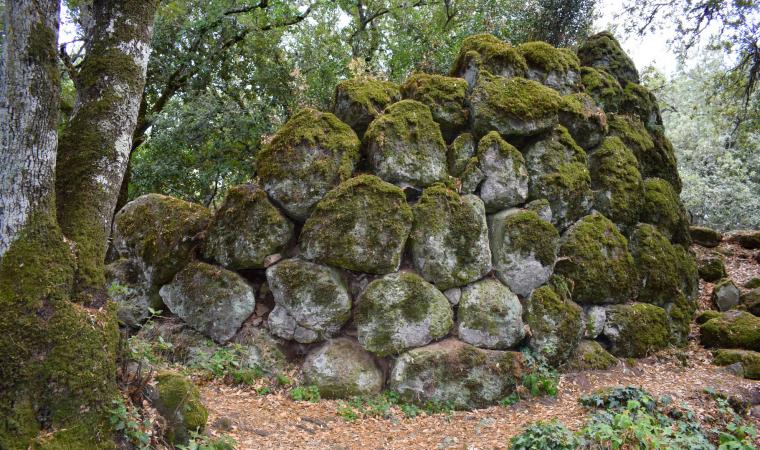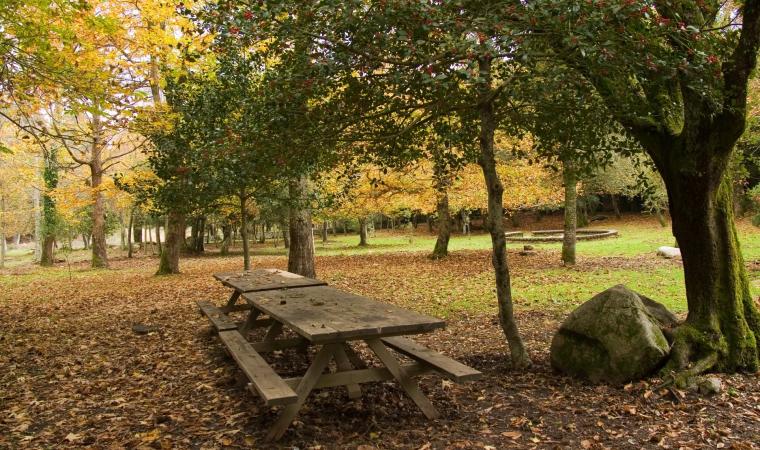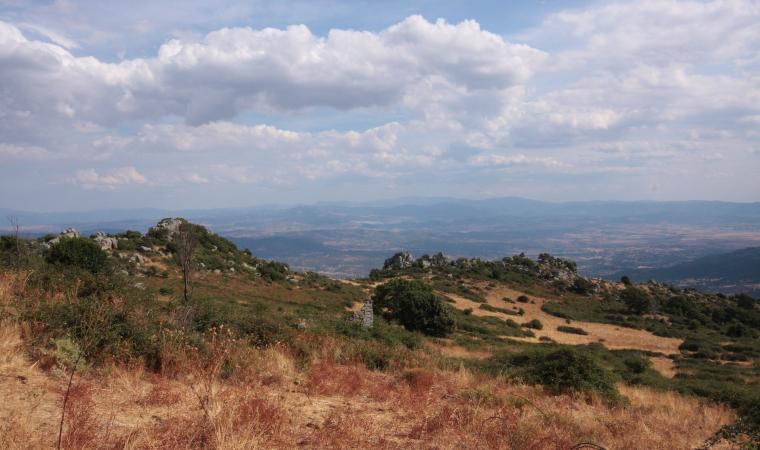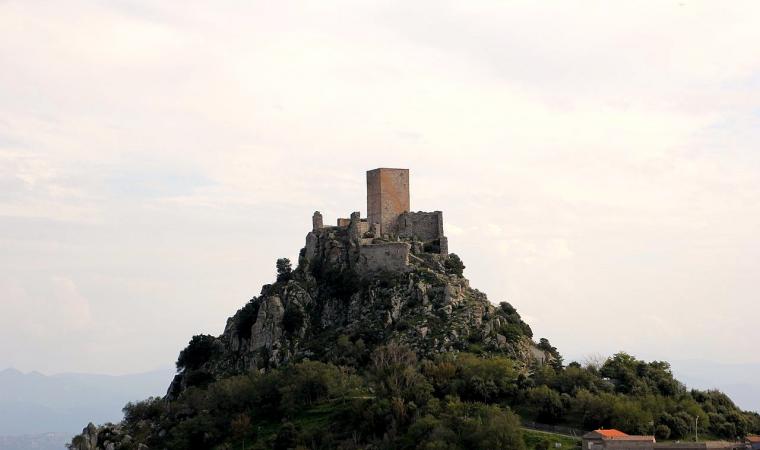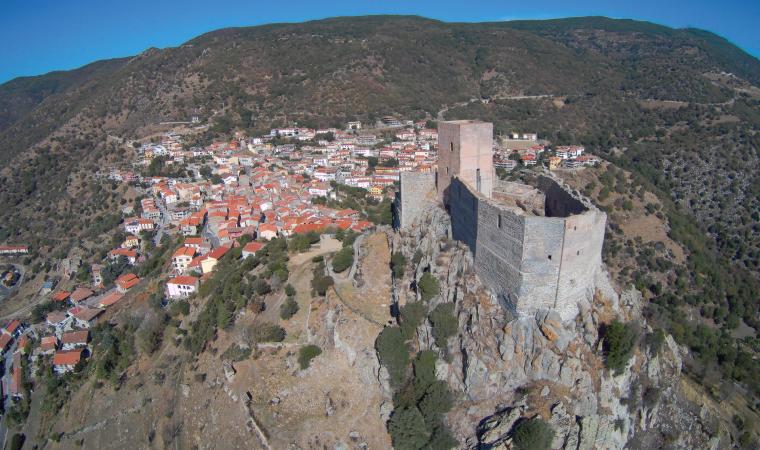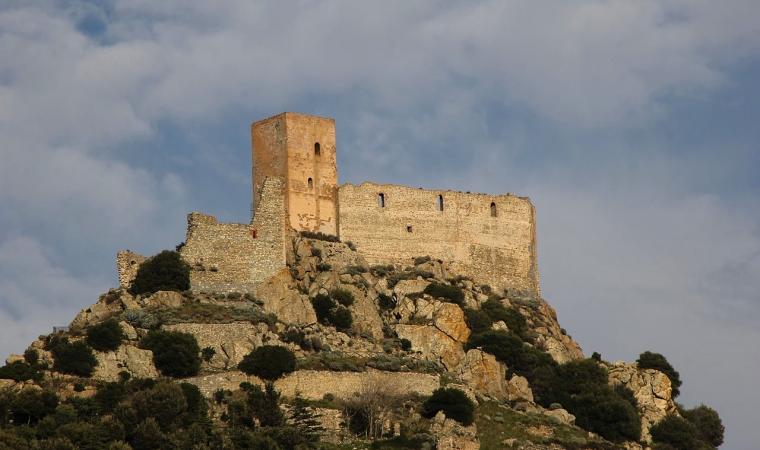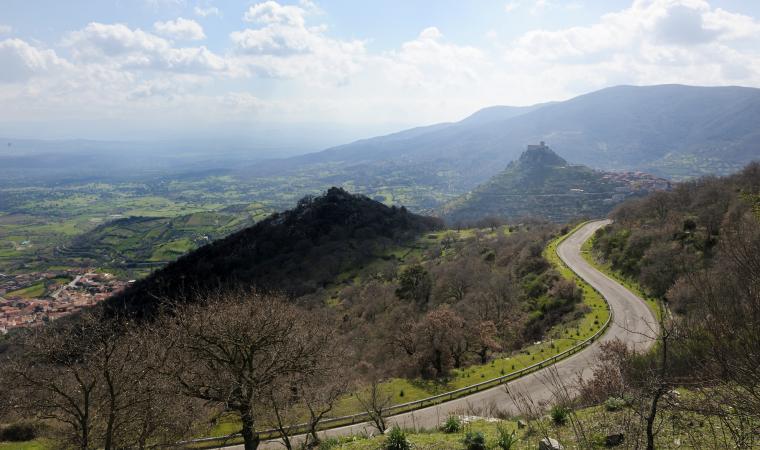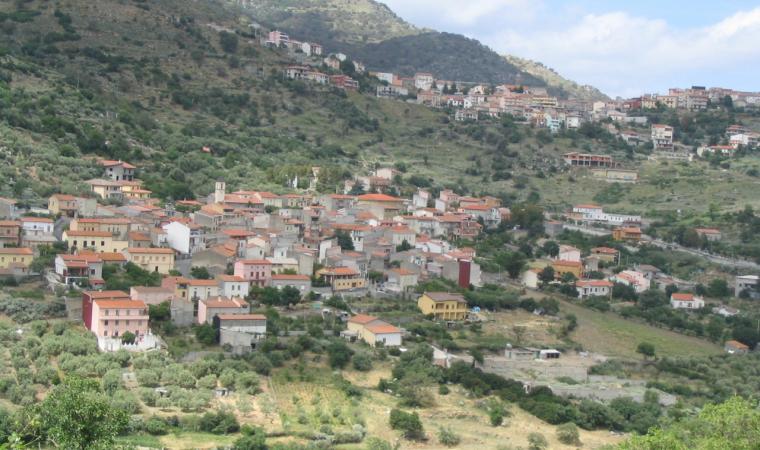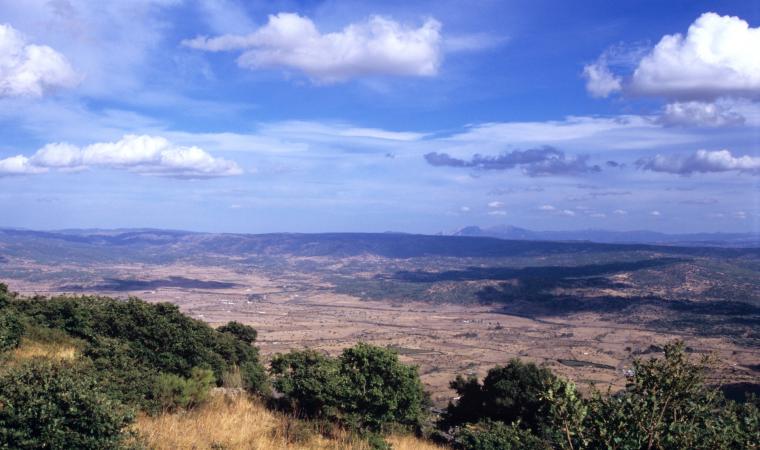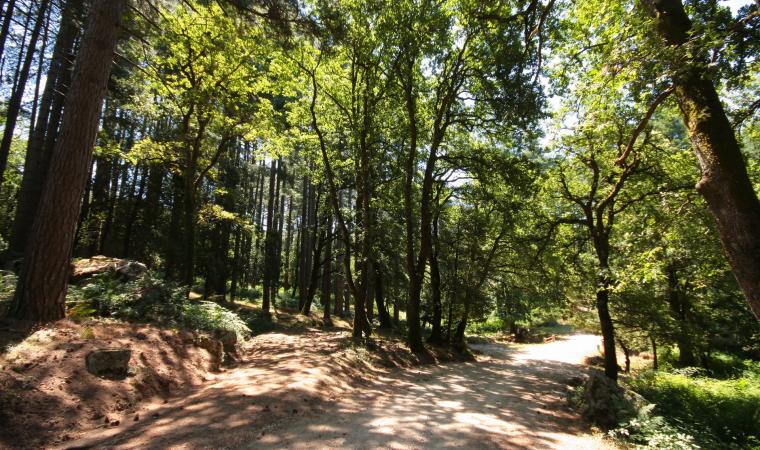A natural oasis of peace and spirituality, while the ancient former Franciscan convent ‘watches over’ it from up above. Inside it, there is also the largest yew forest in Italy. Monte Pisanu is a forest that, along with Forest’Anela, is part of the ‘Goceano state-owned forests’ complex. Its surface area is approximately 2200 hectares, which fall within the territories of Bono and Bottidda. Inside it, there are centuries-old yews, rare endemisms, downy oak woods and mixed formations of holm oak and cork oak. Speaking of yews, the forest contains a jewel declared a natural monument by the Sardinia Region: Sos Nibberos, the largest expanse of Taxus Baccata in the national territory, almost a thousand years old. Some of them are up to 15 metres tall.
At Monte Pisanu the downy oak is dominant and can also be found above a thousand metres of altitude - where it alternates with small, enchanting mountain pastures -, while it is accompanied by cork oaks and holm oaks at lower altitudes. Instead, on the eastern side of Monte Rasu, the Montpellier maple keeps it company: the best time to visit it is autumn, when the colour of the leaves creates surprising foliage.
The ‘inhabitants’ of the forest, and of the entire state-owned complex, are wild boars, foxes, weasels, hares and hedgehogs. Among the birds, you can observe the goshawk, the sparrowhawk, the buzzard, the kestrel, the peregrine falcon and the raven.
The ‘services centre’ is worth a visit, where a xylotheque dedicated to the tree and shrub species of Sardinia, both spontaneous and exotic, has been set up. There are numerous, well-signposted hiking trails that branch out inside it, while you can combine the naturalistic and religious aspects of the visit by following the nearby path of St Francis, which leads to the buildings where one of the first Franciscan convents built on the island was located and where a chapel dedicated to the ‘Poor Man’ of Assisi still stands today.
To the north-east, the expanses of greenery continue with Forest’Anela, the ‘highest’ wooded area in Sardinia, almost a thousand metres, and from here you can get to the peaks with a view of Gallura and Gennargentu, all the way to the coast of Bosa. Further north there is the Fiorentini state-owned forest, ‘guardian’ of exotic species and archaeological remains, while a few kilometres to the west the enchanting atmospheres of Foresta Burgos await you, with woods, nuraghi and churches.

